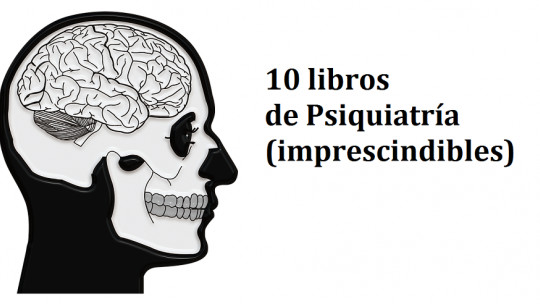
There are many of us who enjoy devouring a good book from time to time, whether when we go on a trip and have a long wait at the airport or when we want to learn new things about our profession with one of the interestingly useful manuals available on the Internet. the market.
Types of books and how they are classified
But not all books are the same. Some editorial works are for reference, others explain fantasy stories and others are illustrated. Furthermore, each book can be presented in a different format, or addressed to a specific audience.
In today’s article we will review the types of books that exist according to different criteria.
1. According to its format
Depending on their format and presentation, books can be:
1.1. paper books
The paper book is the classic book, the one of a lifetime It can have a soft cover or a hard cover, but the text is on paper. Although thanks to new technologies new formats have appeared to read editorial works, this is still a widely used format.
1.2. Electronic books (ebooks)
The electronic book has been gaining ground in recent years due to its enormous convenience In order to read it, it is necessary to have a device, such as a “kindle”, that is, an electronic book reader, or a tablet. Although it is also possible to download electronic books to your mobile phone.
1.3. Interactive books
Interactive books are digital books that, in addition to classic reading, allow the reader to interact and carry out activities. For example, online exercises. These types of books use all the resources offered by the latest technological advances to offer a qualitatively different experience to readers. Furthermore, some of them can even pose an interesting dialogue between the world of literature and that of video games.

2. According to their literary genre
Books can also be classified according to their literary genre, that is, depending on its content and its literary objective. Within this category, we only find works of fiction.
2.1. Lyric
The lyrical genre is characterized because the author expresses feelings, imagination or thoughts It is narrated in the first person, in which the subjective condition of the writer stands out. Within this genre, we find:
2.2. epic genre
The author expresses himself through narration and presents the facts in a fictional environment, teaching the reader the world objectively, without showing his feelings. Now, the author can create dialogues so that his characters express their emotions and reflections. There are different epic subgenres:
23. Drama
It is characterized by an episode or conflict conceived by internal relationships between the characters The narrative is wrapped in dialogue.

3. Other types of books
In addition to the previous classifications, it is possible to find other types of books according to various criteria and characteristics:
3.1. Long Read Books
Extended reading books include novels and short stories It is ideal that they are small and light books so that the reader can transport them anywhere to read them whenever they want. Furthermore, because they contain a narrative of a chain of events, they usually have well-defined beginnings and endings.
3.2. Reference books
Reference books are also known as reference books They are not read in a row, but the reader only goes to them when obtaining specific information or to resolve a specific question, so their summary is very useful to go directly to the home page of the section of interest. Some examples are: an encyclopedia, a dictionary or the telephone directory.
3.3. Information books or manuals (essays)
The informative books and manuals, unlike the previous ones, can be read in their entirety They deal with topics of interest such as, for example, a field of psychology. They deal with problems, resolve doubts and provide photos, diagrams and diagrams to clarify information. They are also known as “essays”: they are prose texts that analyze a specific topic in an objective and documented way.
3.4. Illustrated literature
They tell stories through drawings Generally, illustrations are accompanied by a short text, so it is necessary that there be close cooperation between the illustrator and the typographer.
3.5. Biographies
Biographies are the story of a person’s life told by another in which the latter describes the achievements and failures. There are also autobiographies, in which the author himself tells his own story.
3.6. sacred books
Sacred books are textbooks considered sacred by different religions For example: the Bible or the Koran, which are the reference texts of Christianity and Islam, respectively. The difference with the rest of the works is that they have traditionally been attributed a connection with the divine.
3.7. pocket books
Pocket books are light texts, small in size and very manageable to be able to be transported anywhere. They are not usually very long books.
3.8. Comics
Comics are stories explained through vignettes with illustrations, which usually have a short text narrated by the characters themselves. Although it used to be a genre whose readers were children and teenagers, in recent times comics are also causing a sensation among adults, and in some circles they have become known as graphic novels.
3.9. Sagas or Trilogies
Sagas are collections of books of the same story, where each volume complements the previous book When the saga is made up of three books or volumes, it is called a trilogy. Some of them are mythical sagas, like those of Iceland, and others are more recent author’s sagas.
3.10. sheet music book
Sheet music books are books in which it is possible to find musical scores to be able to play different instruments, including the voice. Logically, they are widely used by musicians to perfectly understand the musical pieces they want to perform.








